EXPERT OPINION:DR Siphiwe Madlala is a lecturer at the university of Zululand in the Department of Nursing Science

Tuberculosis (TB) is a communicable disease that is a major cause of ill-health, one of the top 10 causes of death worldwide and the leading cause of death from a single infectious agent ranking above HIV/AIDS (WHO, 2020). Globally, an estimated 10.0 million people fell ill with TB in 2019, a number that has been declining very slowly in recent years. There were an estimated 1.2 million TB deaths among HIV-negative people in 2019, and an additional 208 000 deaths among HIV-positive people (WHO, 2020). Worldwide, the TB incidence rate is falling, but not fast enough to reach the first milestone of the ‘’End TB Strategy’’ that is, a 20% reduction between 2015 and 2020 (WHO, 2020). In South Africa, an estimated 301 000 people developed TB in 2019, nearly 60% of whom were also HIV-infected (WHO, 2019).
Since the beginning of 2020, the COVID-19 pandemic has caused enormous health, social and economic impacts, which are likely to continue in 2021 and beyond. The Stop TB Partnership (2020) revealed that between 2020 and 2025 an additional 1.4 million TB deaths could be registered as direct consequence of the COVID-19 pandemic. Hence it is imperative that the TB campaigns and awareness are continuously held worldwide.
Tuberculosis primarily affects the lung parenchyma, but it can also be transmitted to other parts of the body including the meninges, kidneys, bones and the lymph nodes. TB is caused by an infectious agent called Mycobacterium tuberculosis which is an acid-fast aerobic rod that grows slowly and is sensitive to heat and ultraviolet light (Hinkle and Cheever, 2014). TB spreads from person to person by airborne droplet transmission through talking, coughing, sneezing laughing and singing. The common risk factors of TB include close contact with a person who has active TB, immunocompromised status such as HIV, substance abuse, pre-existing medical conditions such as diabetes, overcrowded areas with poor ventilation and low socioeconomic status. According to WHO (2016) globally, men are more likely to be diagnosed with TB than women. The burden of TB disease varies by age, with peaks notification rates in the HIV-negative population at ages 0−5, 20−24, and 45−49 years but anyone can be infected by the disease (Blaser et al. 2016). Clinical manifestations of TB are insidious. Most patients present with low-grade fever, coughing (non-productive, or mucopurulent sputum), night sweats, fatigue and weight loss (Hinkle and Cheever, 2014).
TB can be categorised into three, namely Active TB, in which the TB bacteria are rapidly multiplying and invading different organs of the body; Latent TB which is an asymptomatic TB. Miliary TB which is a rare form of active disease that occurs when Mycobacterium tuberculosis bacteria find their way into the bloodstream. In this form, the bacteria rapidly spread all over the body in tiny nodules and affect multiple organs at once. This form of TB can be rapidly fatal (Sharma et al. 2012).
TB is curable and it can be prevented by immunisation of children, practising safe respiratory hygiene (covering mouth and nose with tissue when sneezing or coughing, cough or sneeze on your elbow), proper disposal of tissues, washing of hands, healthy eating and drinking adequate fluids, and avoiding overcrowded places. If one is diagnosed with TB, the prescribed treatment must be taken for 6 months and the course of treatment should be completed (Hinkle and Cheever, 2014). Therefore, it is imperative to adhere and take the TB treatment correctly and regularly on a daily basis as prescribed to prevent Multidrug resistance (MDR) which may lead to involuntary hospitalisation.
Message to the staff: TB is a preventable and curable disease, let us join hands and fight against the spread of TB. I further urge the UNIZULU community to respond to the World Health Organisation (WHO) call on everyone to promise to:
‘’Accelerate the End TB Response to reach the targets set in Sustainable Development Goals, WHO End TB Strategy, the Moscow Declaration to End TB and the political declaration of the UN High-Level Meeting on TB’’.
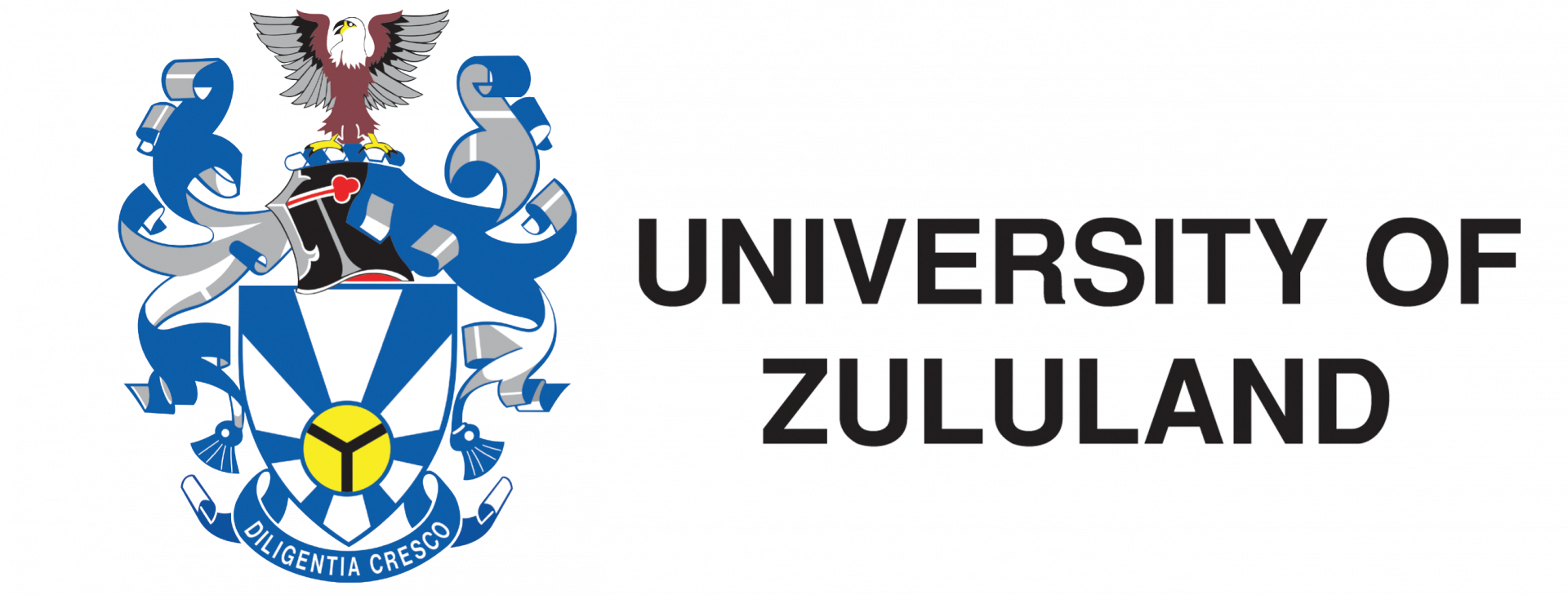



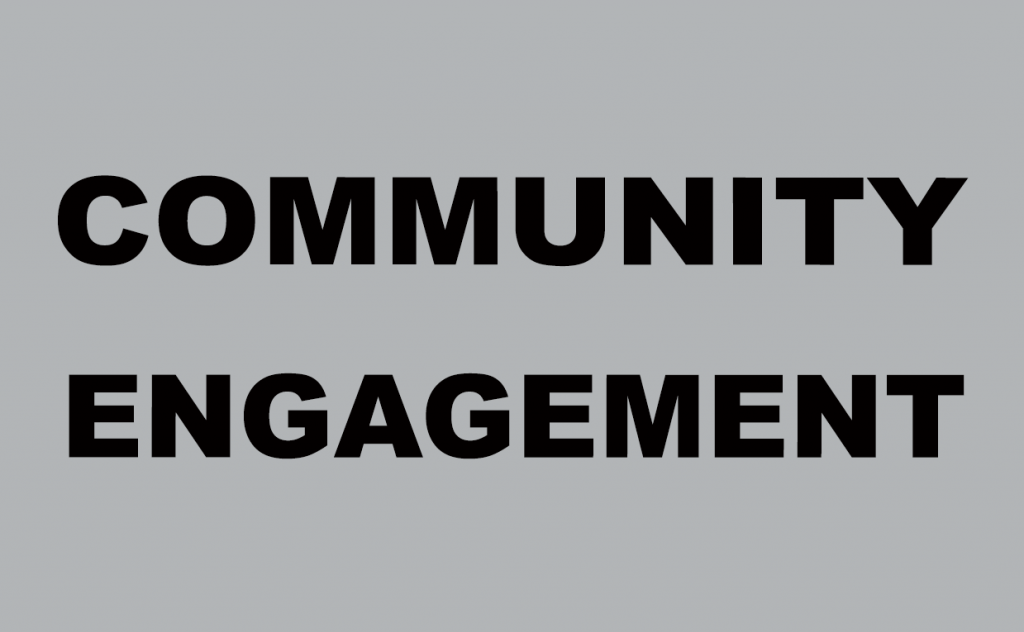
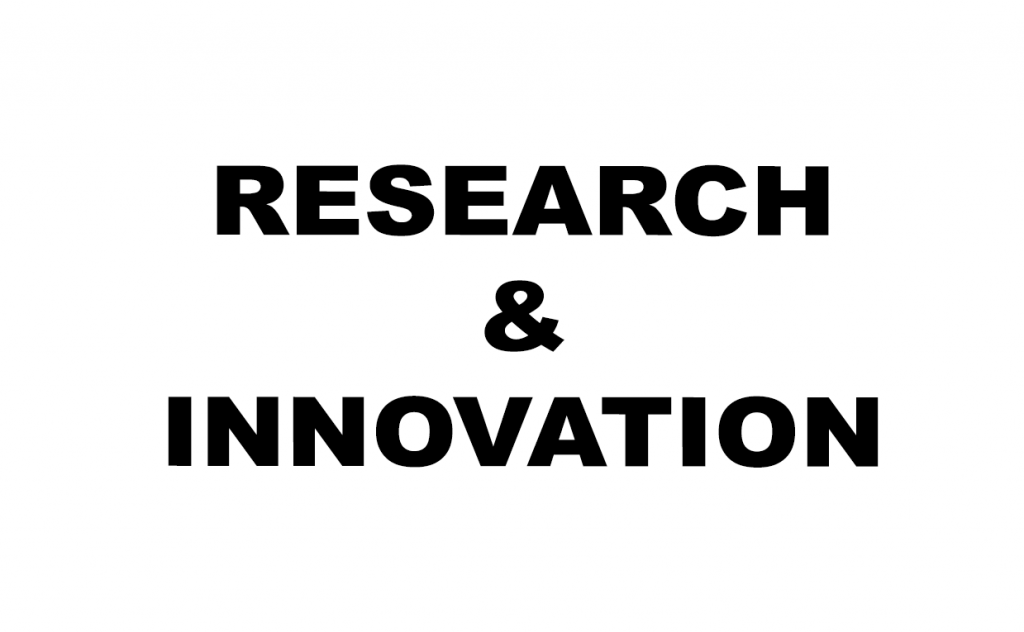


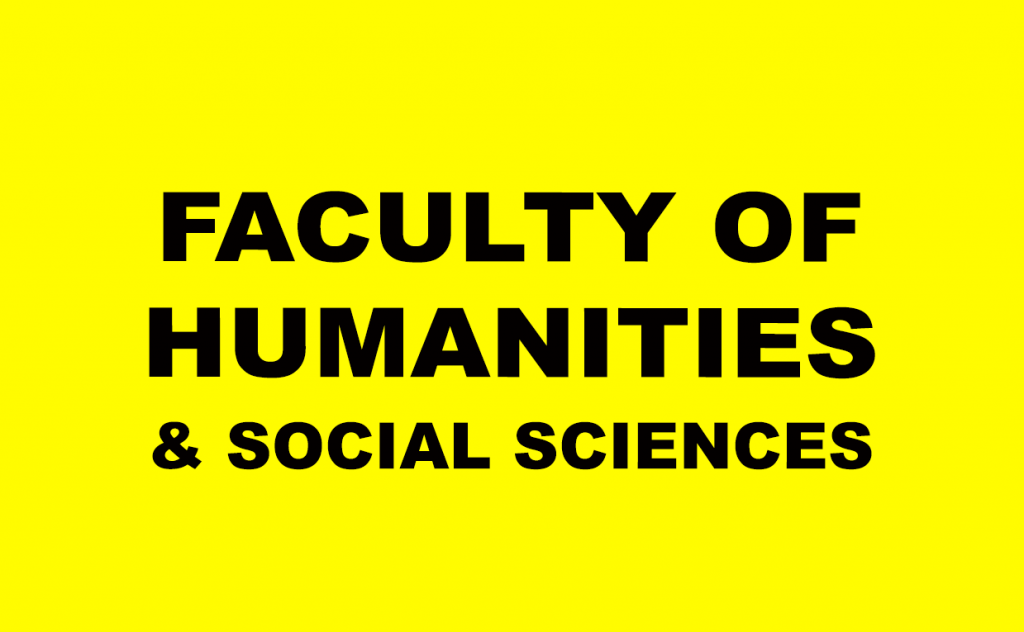


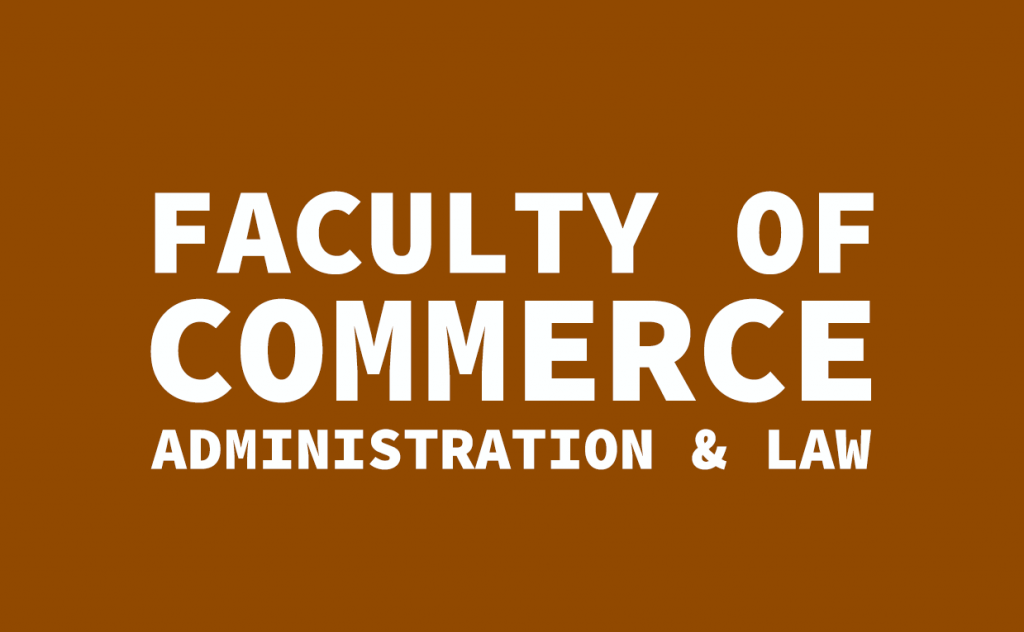


4 Comments
I don’t think the title of your article matches the content lol. Just kidding, mainly because I had some doubts after reading the article.
Can you be more specific about the content of your article? After reading it, I still have some doubts. Hope you can help me.
바카라사이트가 폭발적으로 증가하는 추세이기 때문에, 온라인바카라 시장은 카지노 업계에서 가장 큰 비중을 차지합니다.
처음에는 여러 플랫폼을 테스트해보고 사용자에게 맞는 최적의 사이트를 선택하세요.